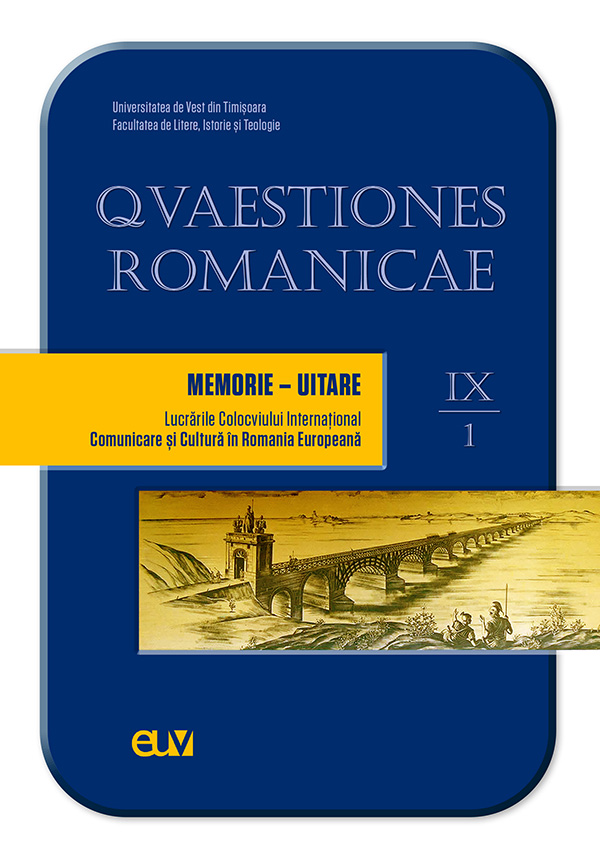România în 50 de povești. Un volum de texte RLS, A1-A2
Abstract: (Romanian in 50 stories. A volume of texts for RLS, A1-A2) This paper is a continuation of a constant personal interest and a pro domo plea for a editorial project – a volume that brings together several graded readers in Romanian, addressed to the RFL (Romanian as a Foreign Language) students, who intend to improve their language level by reading Romanian. If other European languages already have a tradition in the field, we have not seen such a series of texts adapted to levels of difficulty, from A1 to C2, according to the Common European Framework of Reference for Languages. It is well known that graded readers are limited in size, from a few lines to a few pages. Either they are invented and gradually enriched by teachers for the needs of the group of pupils / students, or they are simplified versions of classic texts, stories, short prose or even novels. The gradation of a text, in the direction of its enrichment or simplification, is done at all stages of the linguistic component: vocabulary, grammar (morphology and syntax), semantics, spelling. These blocks are built on extensive reading, ie what the second language learner reads in addition to the texts studied in class and, usually, for pleasure. It targets, first of all, the vocabulary acquisitions, through inferences: the reader will choose some texts close to the acquired language level and the new words, not very numerous, will be inferentially deduced from the context. Because it relies on the student's voluntary choice of reading, it is assumed that the motivation to learn the language will also increase through the perceived emotional benefits.
Keywords: graded readers, editorial project, language levels, extensive reading, inferences.
Rezumat: Lucrarea de față e continuarea unei preocupări personale constante și o pledoarie pro domo a unui proiect editorial, un volum care cuprinde mai multe texte gradate (TG) în limba română, adresate profesorului de RLS sau cursanților ce intenţionează să-şi îmbunătăţească prin lectură nivelul de limbă română. Dacă alte limbi europene au deja o tradiție în domeniu, la noi nu au apărut astfel de serii de texte adaptate pe nivele de dificultate, de la A1 la C2, conform Cadrului European Comun de Referință pentru Limbi. Se știe, TG sunt limitate ca dimensiune, de la câteva rânduri la câteva zeci de pagini. Fie sunt inventate și îmbogățite gradat de profesori pentru nevoile grupei de elevi/studenți, fie sunt versiuni simplificate ale textelor clasice, povești, proză scurtă sau chiar romane. Gradarea unui text, în direcția îmbogățirii sau simplificării lui, se face la toate etajele componentei lingvistice: vocabular, gramatică (morfologie și sintaxă), semantică, ortografie. Conceptul pe care se construiesc aceste calupuri este lectura extensivă (LE), adică ceea ce cursantul care învață limba a doua citește pe lângă textele studiate în clasă și, de obicei, din plăcere. Vizează, în primul rând, achizițiile de vocabular, prin inferențe: cititorul va alege cărți apropiate de nivelul de limbă achiziționat și cuvintele noi, nu foarte numeroase, vor fi deduse inferențial din context. Pentru că mizează pe alegerea voluntară de lecturi a cursantului, se presupune că motivația de învățare a limbii va crește inclusiv prin beneficiile percepute afectiv.
Cuvinte-cheie: texte gradate, proiect editorial, niveluri de limbă, citire extensivă, inferențe.
